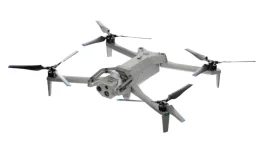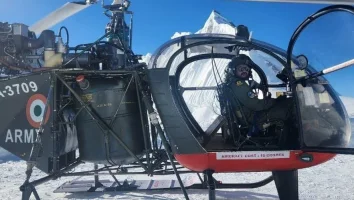
In a significant move to bolster its defence capabilities, the Indian Army is accelerating its plans to establish Integrated Battle Groups (IBGs) along its borders with China and Pakistan. These agile and self-sufficient units represent a major shift in India's military strategy, designed to respond swiftly to any border threats.
The Army recently submitted a draft Government Sanction Letter (GSL) seeking official approval for the creation of IBGs. This comes as China has been rapidly reorganizing its military along the Indian border, particularly through the Western Theatre Command and Combined Armed Brigades (CABs), posing a growing challenge to India's security.
IBGs are designed to be compact and highly responsive, integrating infantry, armor, artillery, and aviation resources under a single command. This unified structure contrasts with traditional army units, which often operate independently and are scattered across various locations. By consolidating these elements, IBGs aim to enable faster mobilization and more coordinated operations, crucial for responding to border skirmishes or escalations.
The 17th Mountain Corps in Panagarh has been selected as the first unit to be transformed into IBGs, with plans to reorganize it into five distinct groups. This restructured force will be deployed along the eastern sector, particularly in mountainous terrains close to the Line of Actual Control (LAC) with China, where speed and coordination are paramount. Following the 17th Mountain Corps, the Army plans to transition other units, including the 9th Corps in the Middle Sector, into IBGs as well.
A key feature of the IBGs is their unified command structure. Each IBG will be led by a two-star general, streamlining the decision-making process and reducing delays in command. This allows for quicker response times during critical situations. Each IBG will comprise approximately 5,500 to 6,000 soldiers, equipped with armored vehicles, artillery, and helicopters, ensuring they are self-sufficient and ready to engage without delay.
The IBGs are designed to be modular and adaptable to diverse terrains, from the high-altitude regions of the Himalayas to the deserts of Rajasthan. This flexibility allows for tailored deployment strategies, with each group's composition adjusted to suit its specific environment and mission.
China's reorganization of its forces into CABs has served as a key influence for India's IBG strategy. These highly mobile and rapidly deployable brigades, operating under the Western Theatre Command, highlight the importance of integrated forces in modern warfare. India's IBGs are envisioned to be similarly flexible and capable of launching coordinated operations with support from various combat arms under a unified command.
The Indian Army is awaiting approval of the GSL from the Ministry of Defence, with the goal of having IBGs operational by 2025. If approved, the Army will accelerate its restructuring efforts, positioning IBGs along both the Chinese and Pakistani borders in a phased manner. This initiative underscores India's commitment to modernizing its military and enhancing its defence preparedness in the face of evolving regional security challenges.



